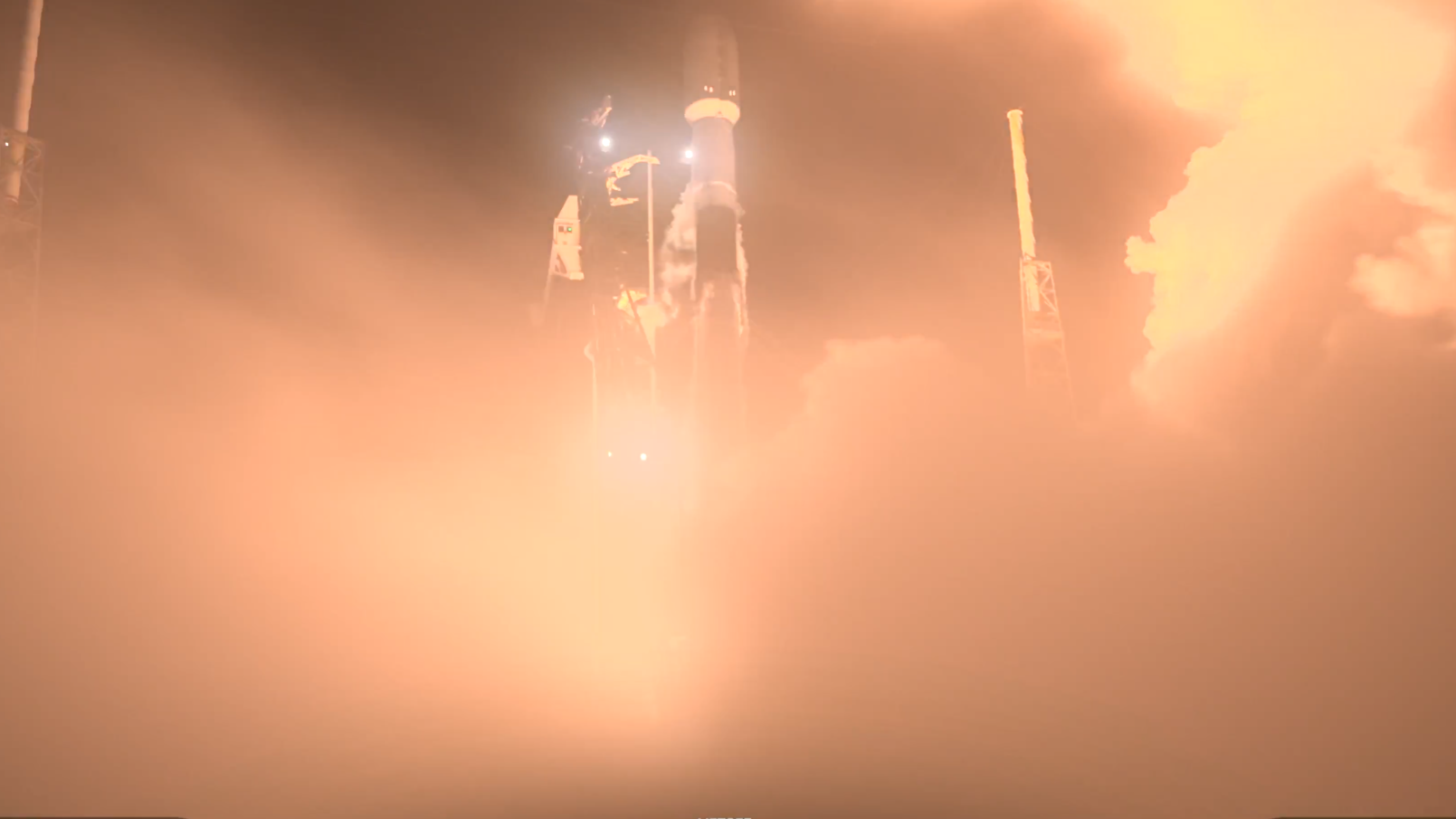
Hubble in Pictures: Astronomers' Top Picks (Photos)
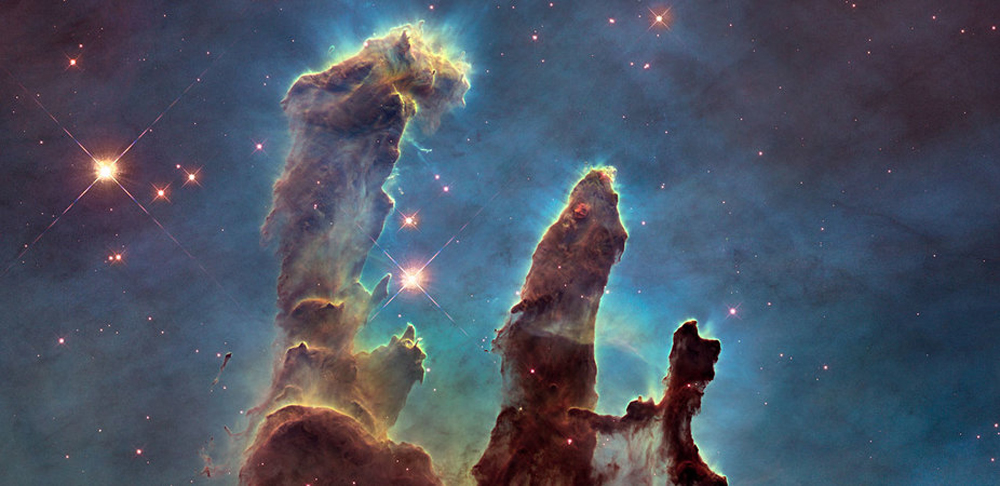
This articles was originally published on The Conversation. The publication contributed this article to Space.com's Expert Voices: Op-Ed & Insights.
In this special feature, we have invited top astronomers to handpick the Hubble Space Telescope image that has the most scientific relevance to them. The images they've chosen aren't always the colorful glory shots that populate the countless "best of" galleries around the internet, but rather their impact comes in the scientific insights they reveal.
Tanya Hill, Museum Victoria
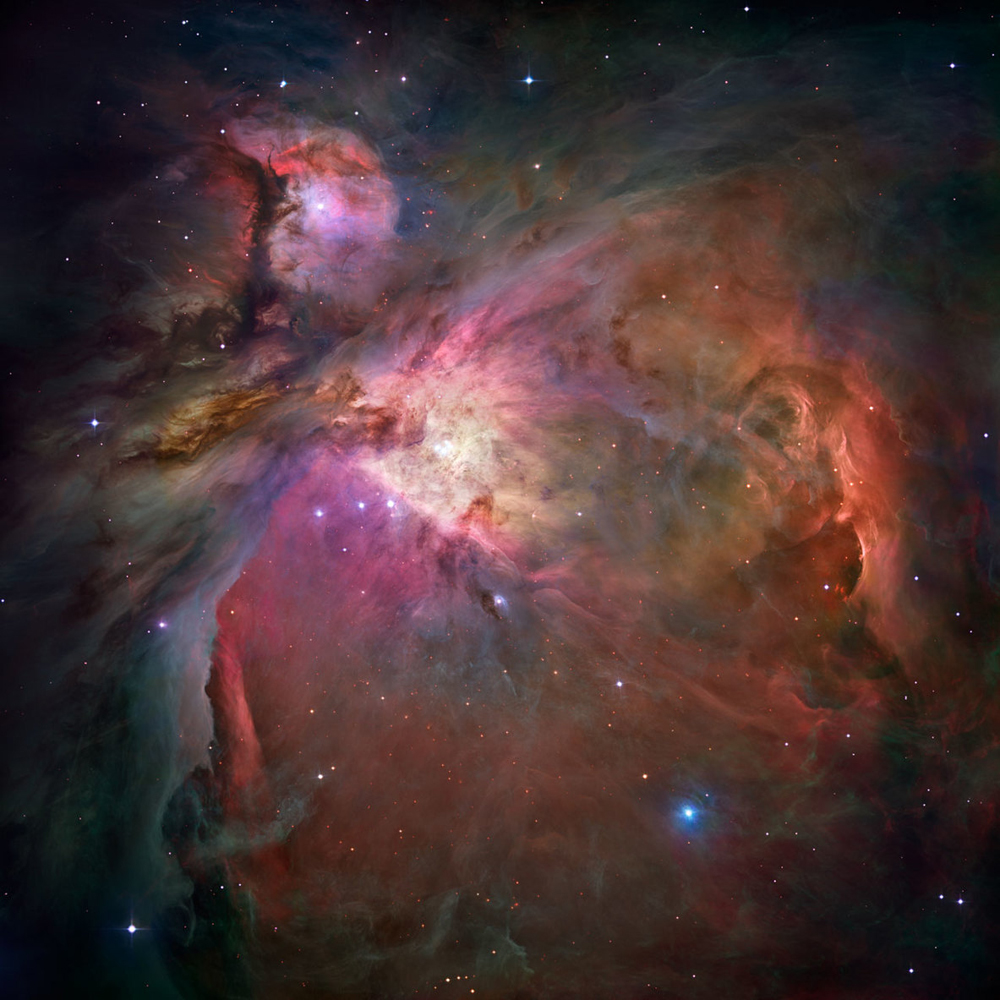
My all-time favorite astronomical object is the Orion Nebula — a beautiful and nearby cloud of gas that is actively forming stars. I was a high school student when I first saw the nebula through a small telescope and it gave me such a sense of achievement to manually point the telescope in the right direction and, after a fair bit of hunting, to finally track it down in the sky (there was no automatic ‘go-to’ button on that telescope).
Of course, what I saw on that long ago night was an amazingly delicate and wispy cloud of gas in black and white. One of the wonderful things that Hubble does is to reveal the colours of the universe. And this image of the Orion Nebula, is our best chance to imagine what it would look like if we could possibly go there and see it up-close.
So many of Hubble’s images have become iconic, and for me the joy is seeing its beautiful images bring science and art together in a way that engages the public. The entrance to my office, features an enormous copy of this image wallpapered on a wall 4m wide and 2.5m tall. I can tell you, it’s a lovely way to start each working day.
Michael Brown, Monash University
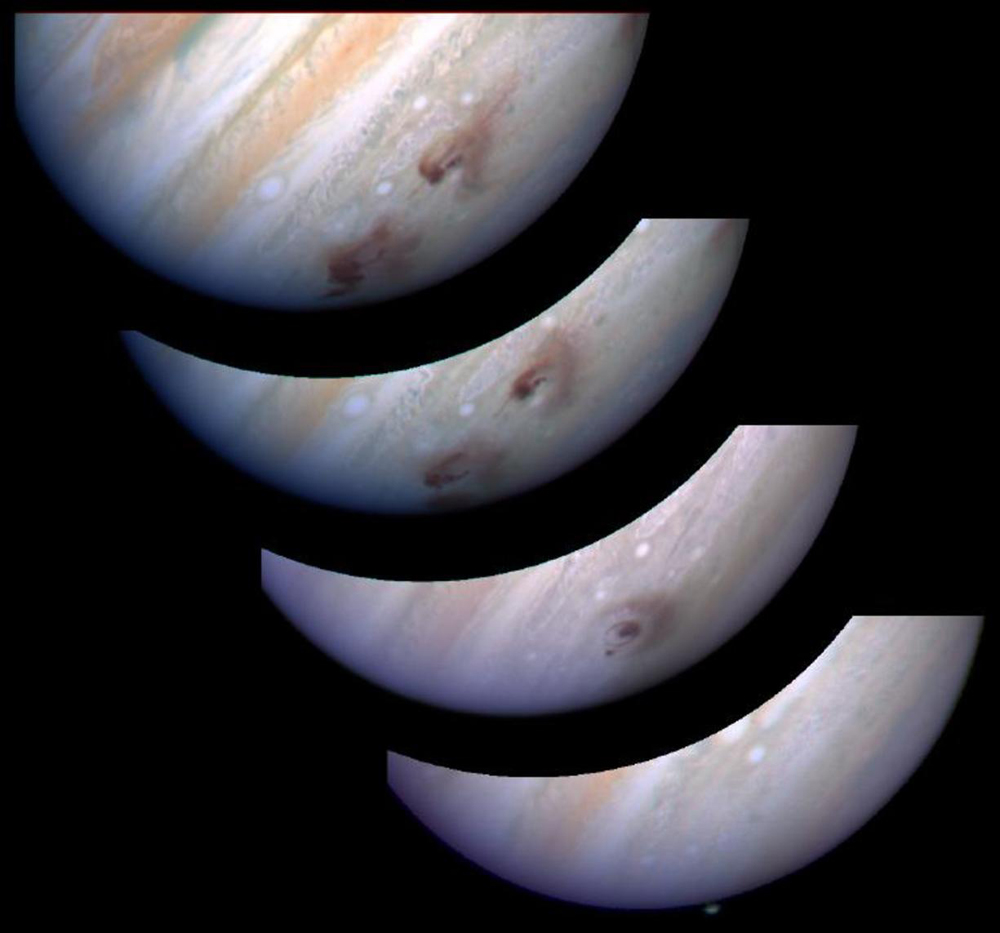
The impact of the fragments of Comet Shoemaker Levy 9 with Jupiter in July 1994 was the first time astronomers had advance warning of a planetary collision. Many of the world's telescopes, including the recently repaired Hubble, turned their gaze onto the giant planet.
The comet crash was also my first professional experience of observational astronomy. From a frigid dome on Mount Stromlo, we hoped to see Jupiter’s moons reflect light from comet fragments crashing into the far side of Jupiter. Unfortunately we saw no flashes of light from Jupiter’s moons.
Breaking space news, the latest updates on rocket launches, skywatching events and more!
However, Hubble got an amazing and unexpected view. The impacts on the far side of Jupiter produced plumes that rose so far above Jupiter’s clouds that they briefly came into view from Earth.
As Jupiter rotated on its axis, enormous dark scars came into view. Each scar was the result of the impact of a comet fragment, and some of the scars were larger in diameter than our moon. For astronomers around the globe, it was a jaw dropping sight.
William Kurth, University of Iowa
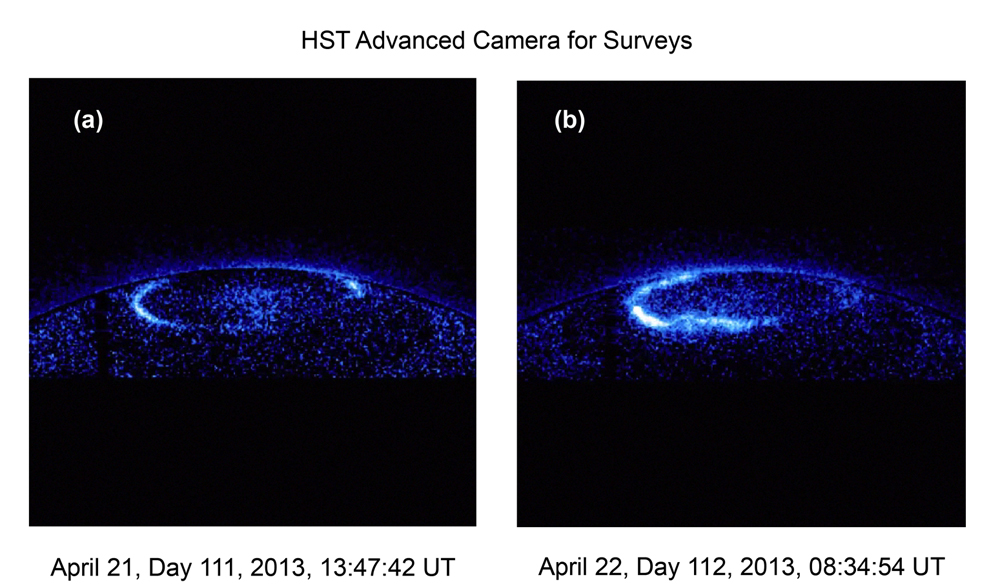
This pair of images shows a spectacular ultraviolet aurora light show occurring near Saturn's north pole in 2013. The two images were taken just 18 hours apart, but show changes in the brightness and shape of the auroras. We used these to better understand how much of an impact the solar wind has on the auroras.
We used Hubble photographs like these acquired by my astronomer colleagues to monitor the auroras while using the Cassini spacecraft, in orbit around Saturn, to observe radio emissions associated with the lights. We were able to determine that the brightness of the auroras is correlated with higher radio intensities.
Therefore, I can use Cassini’s continuous radio observations to tell me whether or not the auroras are active, even if we don’t always have images to look at. This was a large effort including many Cassini investigators and Earth-based astronomers.
John Clarke, Boston University
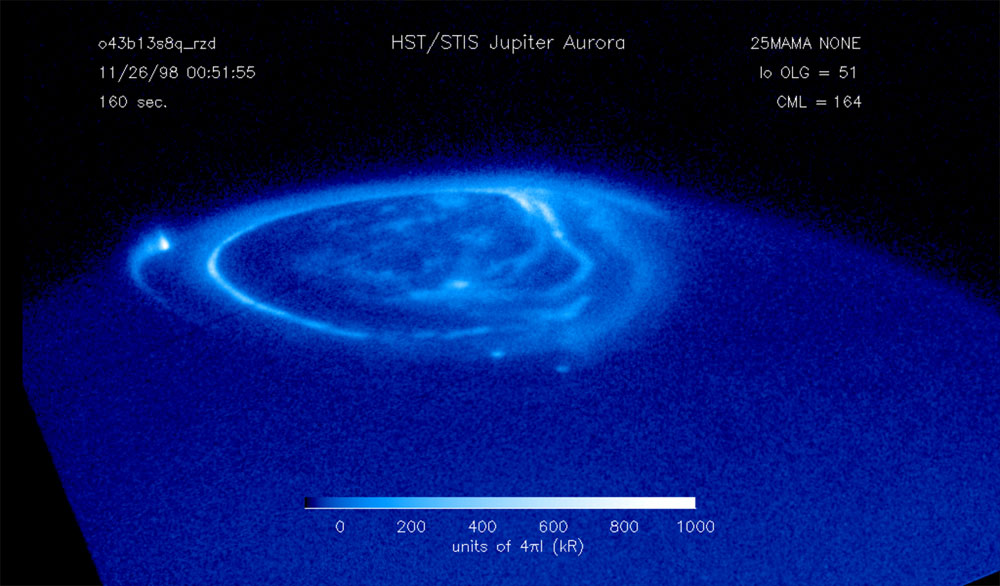
This far-ultraviolet image of Jupiter's northern aurora shows the steady improvement in capability of Hubble's scientific instruments. The Space Telescope Imaging Spectrograph (STIS) images showed, for the first time, the full range of auroral emissions that we were just beginning to understand.
The earlier Wide Field Planetary Camera 2 (WFPC2) camera had shown that Jupiter’s auroral emissions rotated with the planet, rather than being fixed with the direction to the sun, thus Jupiter did not behave like the Earth.
We knew that there were aurora from the mega-ampere currents flowing from Io along the magnetic field down to Jupiter, but we were not certain this would occur with the other satellites. While there were many ultraviolet images of Jupiter taken with STIS, I like this one because it clearly shows the auroral emissions from the magnetic footprints of Jupiter’s moons Io, Europa, and Ganymede, and Io’s emission clearly shows the height of the auroral curtain. To me it looks three-dimensional.
Fred Watson, Australian Astronomical Observatory
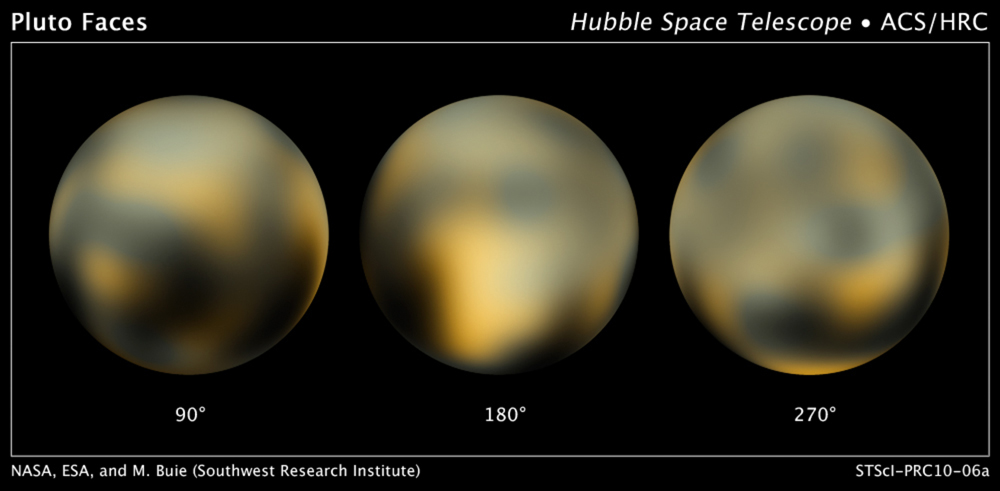
Take a good look at these images of the dwarf planet, Pluto, which show detail at the extreme limit of Hubble's capabilities. A few days from now, they will be old hat, and no-one will bother looking at them again.
Why? Because in early May, the New Horizons spacecraft will be close enough to Pluto for its cameras to reveal better detail, as the craft nears its 14 July rendezvous.
Yet this sequence of images – dating from the early 2000s – has given planetary scientists their best insights to date, the variegated colours revealing subtle variations in Pluto’s surface chemistry. That yellowish region prominent in the centre image, for example, has an excess of frozen carbon monoxide. Why that should be is unknown.
The Hubble images are all the more remarkable given that Pluto is only 2/3 the diameter of our own moon, but nearly 13,000 times farther away.
Chris Tinney, University of New South Wales
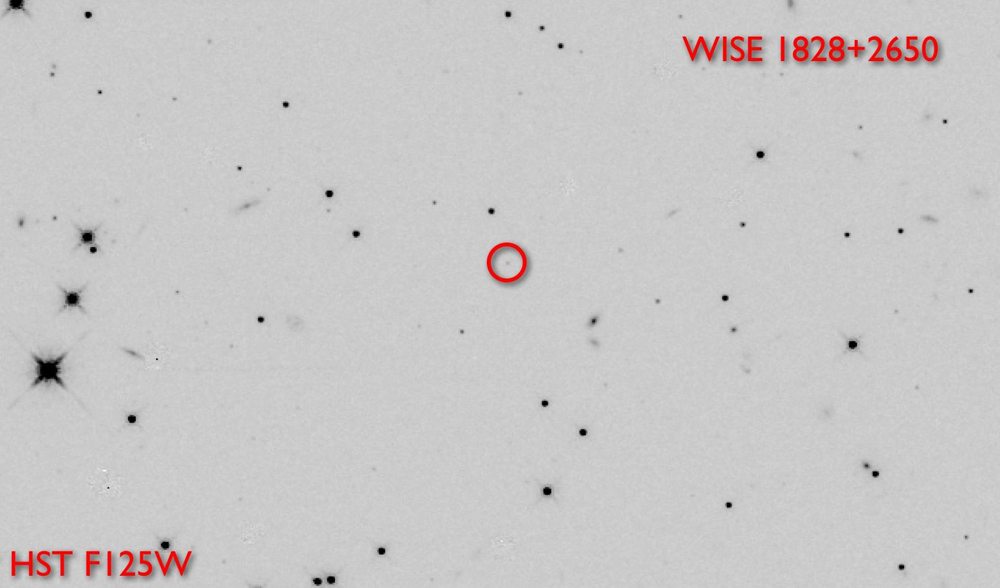
I once dragged my wife into my office to proudly show her the results of some imaging observations made at the Anglo-Australian Telescope with a (then) new and (then) state-of-the-art 8, 192 x 8, 192 pixel imager. The images were so large they had to be printed out on multipleA4 pages, and then stuck together to create a huge black-and-white map of a cluster of galaxies that covered a whole wall.
I was crushed when she took one look and said: “Looks like mould”.
Which just goes to show the best science is not always the prettiest.
My choice of the greatest image from HST is another black-and-white image from 2012 that also “looks like mould”. But buried in the heart of the image is an apparently unremarkable faint dot. However it represents the confirmed detection of the coldest example of a brown dwarf then discovered. An object lurking less than 10 parsecs (32.6 light years) away from the sun with a temperature of about 350 Kelvin (77 degrees Celsius) –- colder than a cup of tea!
And to this day it remains one of the coldest compact objects we’ve detected outside out solar system.
Lucas Macri, Texas A&M University
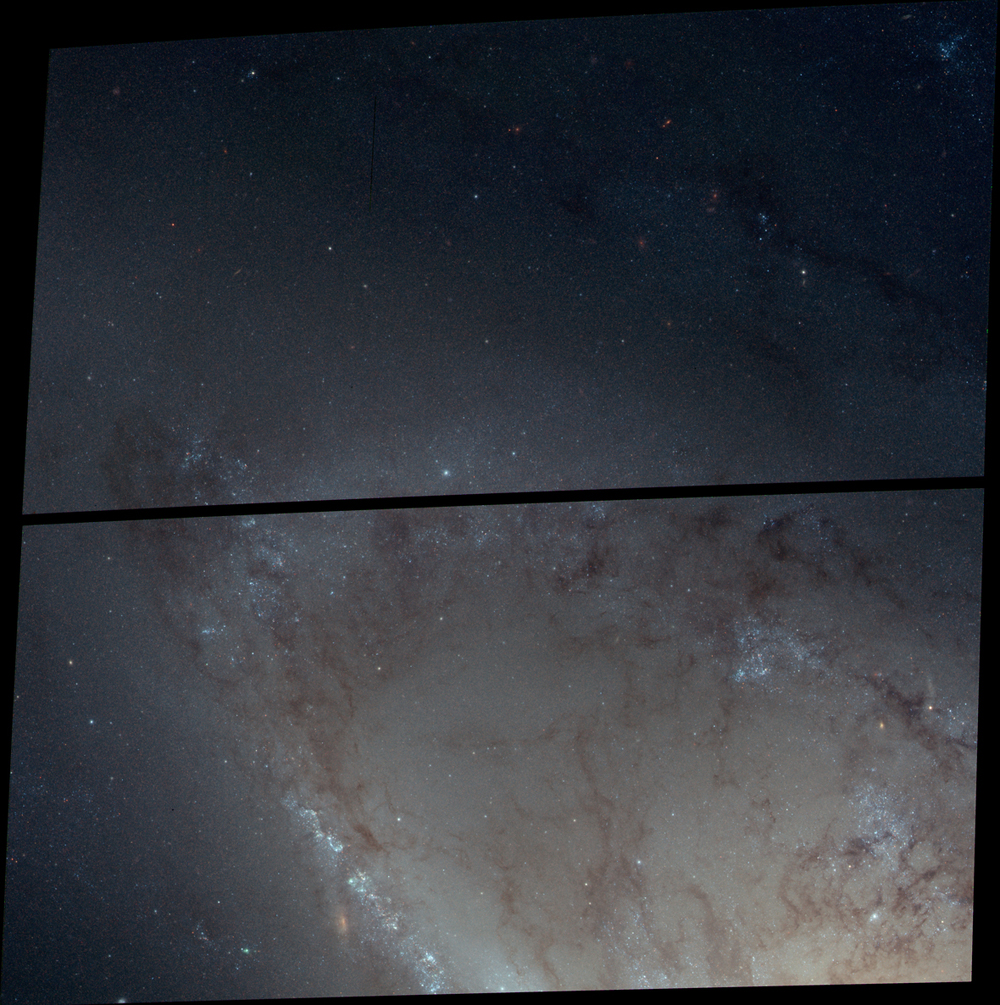
In 2004, I was part of a team that used the recently-installed Advanced Camera for Surveys (ACS) on Hubble to observe a small region of the disk of a nearby spiral galaxy (Messier 106) on 12 separate occasions within 45 days. These observations allowed us to discover over 200 Cepheid variables, which are very useful to measure distances to galaxies and ultimately determine the expansion rate of the universe (appropriately named the Hubble constant).
This method requires a proper calibration of Cepheid luminosities, which can be done in Messier 106 thanks to a very precise and accurate estimate of the distance to this galaxy (24.8 million light-years, give or take 3%) obtained via radio observations of water clouds orbiting the massive black hole at its center (not included in the image).
A few years later, I was involved in another project that used these observations as the first step in a robust cosmic distance ladder and determined the value of the Hubble constant with a total uncertainty of 3%.
Howard Bond, Pennsylvania State University
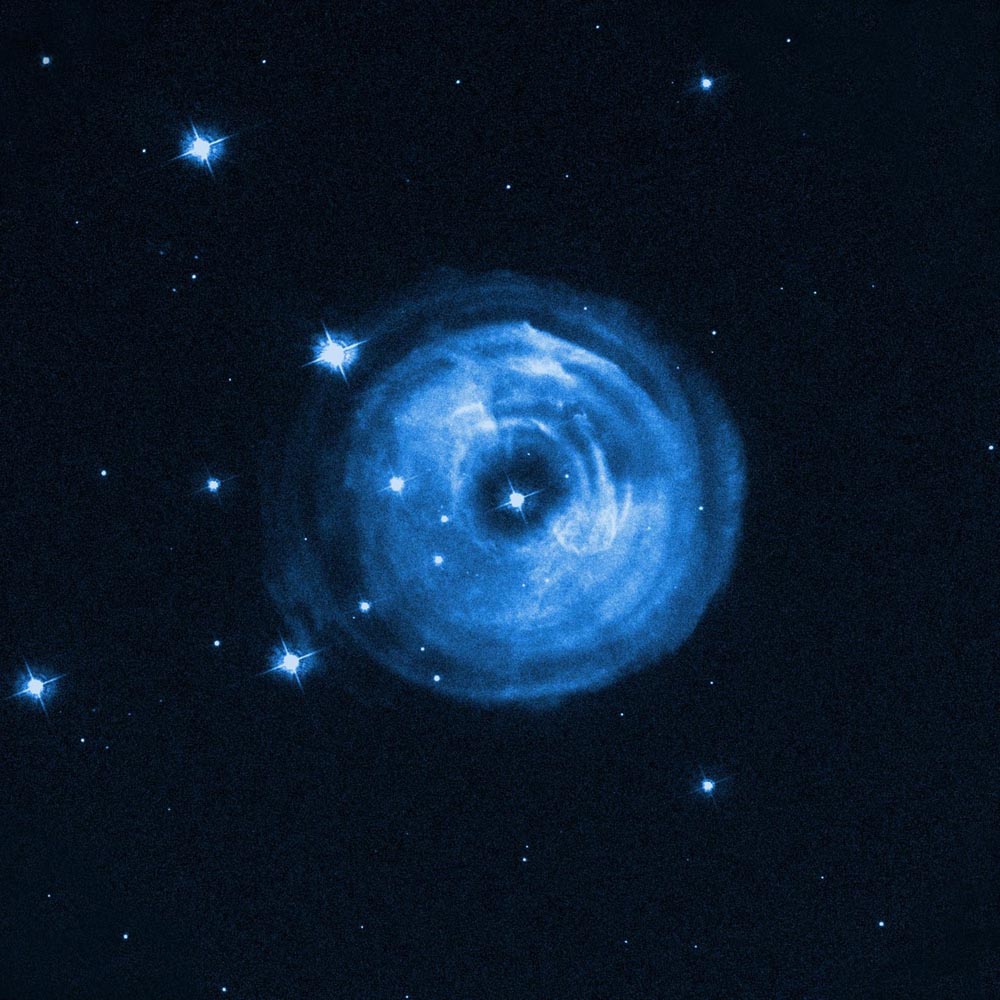
One of the images that excited me most — even though it never became famous — was our first one of the light echo around the strange explosive star V838 Monocerotis. Its eruption was discovered in January 2002, and its light echo was discovered about a month later, both from small ground-based telescopes.
Although light from the explosion travels straight to the Earth, it also goes out to the side, reflects off nearby dust, and arrives at Earth later, producing the “echo.”
Astronauts had serviced Hubble in March 2002, installing the new Advanced Camera for Surveys (ACS). In April, we were one of the first to use ACS for science observations.
I always liked to think that NASA somehow knew that the light from V838 was on its way to us from 20,000 light-years away, and got ACS installed just in time! The image, even in only one color, was amazing. We obtained many more Hubble observations of the echo over the ensuing decade, and they are some of the most spectacular of all, and VERY famous, but I still remember being awed when I saw this first one.
Philip Kaaret, University of Iowa
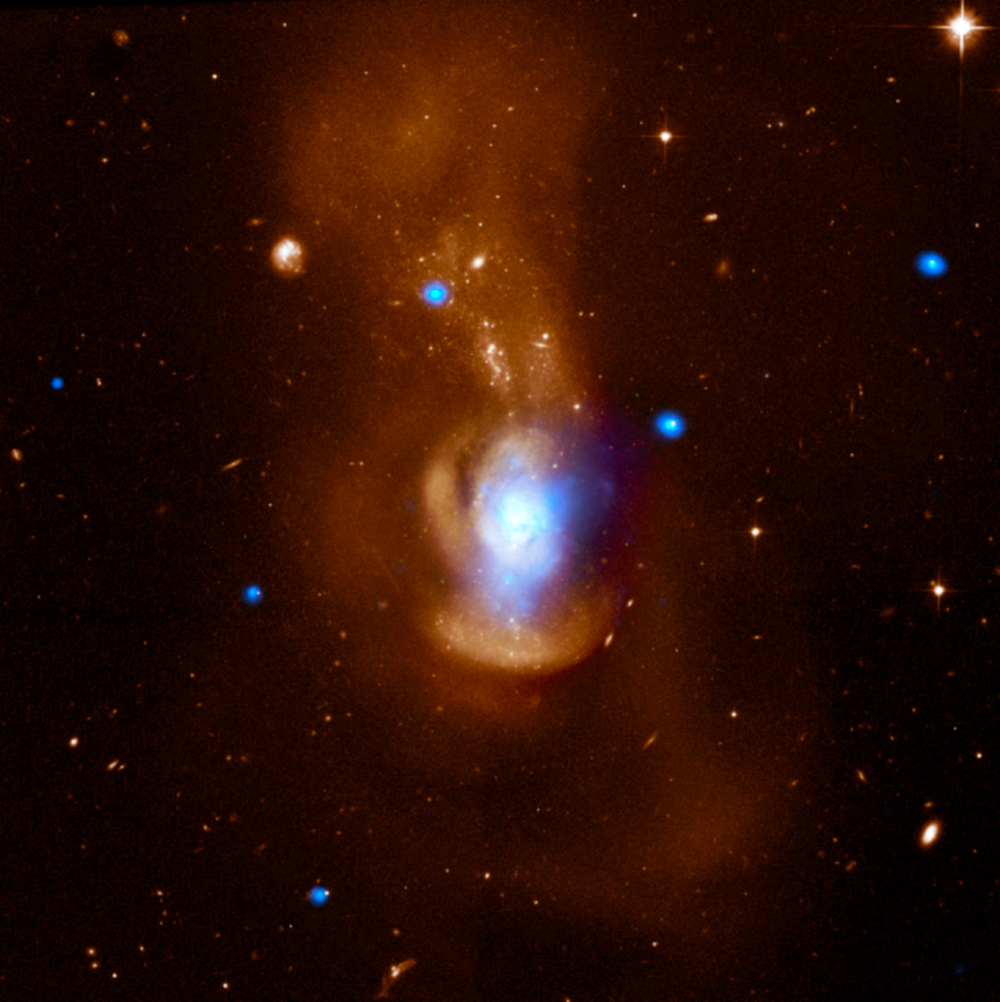
Galaxies form stars. Some of those stars end their “normal” lives by collapsing into black holes, but then begin new lives as powerful X-ray emitters powered by gas sucked off a companion star.
I obtained this Hubble image (in red) of the Medusa galaxy to better understand the relation between black hole X-ray binaries and star formation. The striking appearance of the Medusa arises because it’s a collision between two galaxies – the “hair” is remnants of one galaxy torn apart by the gravity of the other. The blue in the image shows X-rays, imaged with the Chandra X-ray Observatory. The blue dots are black hole binaries.
Earlier work had suggested that the number of X-ray binaries is simply proportional to the rate at which the host galaxy forms stars. These images of the Medusa allowed us to show that the same relation holds, even in the midst of galactic collisions.
Mike Eracleous, Pennsylvania State University
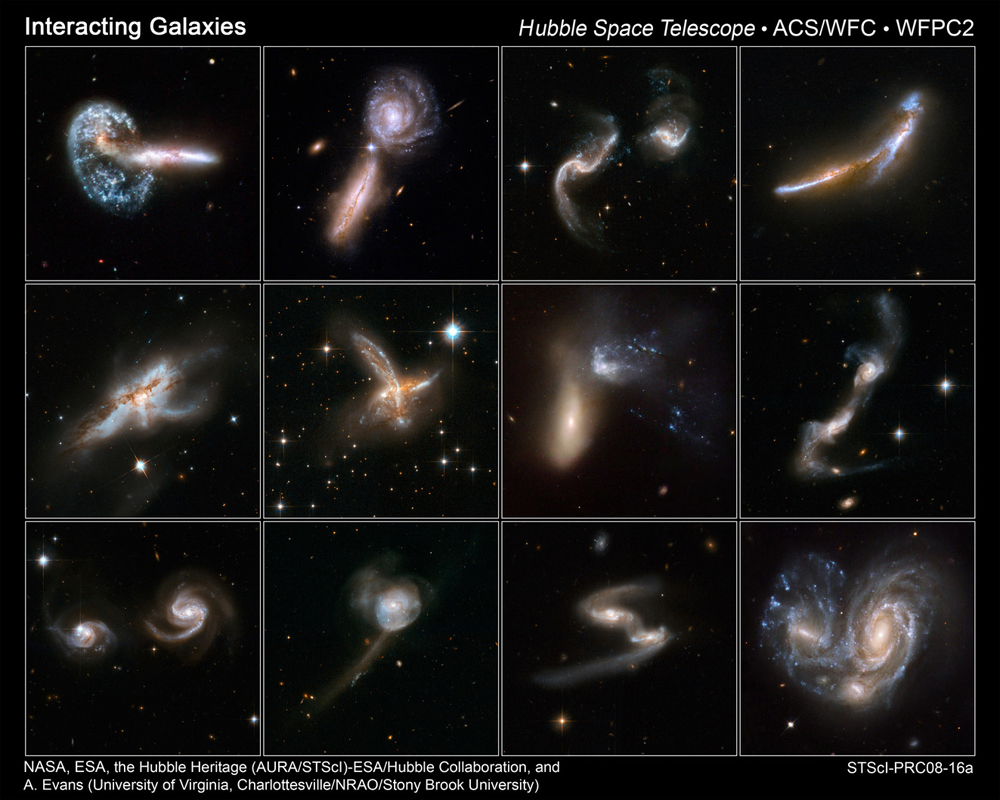
Some of the Hubble Space Telescope images that appeal to me a great deal show interacting and merging galaxies, such as the Antennae (NGC 4038 and NGC 4039), the Mice (NGC 4676), the Cartwheel galaxy (ESO 350-40), and many others without nicknames.
These are spectacular examples of violent events that are common in the evolution of galaxies. The images provide us with exquisite detail about what goes on during these interactions: the distortion of the galaxies, the channeling of gas towards their centers, and the formation of stars.
I find these images very useful when I explain to the general public the context of my own research, the accretion of gas by the supermassive black holes at the centers of such galaxies. Particularly neat and useful is a video put together by Frank Summers at the Space Telescope Science Institute (STScI), illustrating what we learn by comparing such images with models of galaxy collisions.
Join our Space Forums to keep talking space on the latest missions, night sky and more! And if you have a news tip, correction or comment, let us know at: community@space.com.
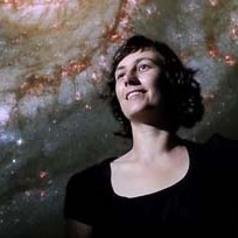
I am an extragalactic astronomer, Honorary Fellow of the University of Melbourne, and am currently working in the field of science communication at Melbourne Planetarium.
I have been the Curator (Astronomy) at Melbourne Planetarium, Scienceworks since 1999, drawing on my background in research astronomy to create more than a dozen planetarium productions. The most recent of these are now screened in over fifty planetariums across sixteen countries world-wide.
I am proud to be the Australian Representative of the European Southern Observatory’s (ESO) Science Outreach Network. This sees me working with Astronomy Australia Limited (AAL) to promote ESO’s extensive research accomplishments throughout Australia.
I am also involved in projects to bring research astronomy data into the planetarium to both engage the public and to turn the planetarium into a tool for research astronomers wanting to know more from their data.
